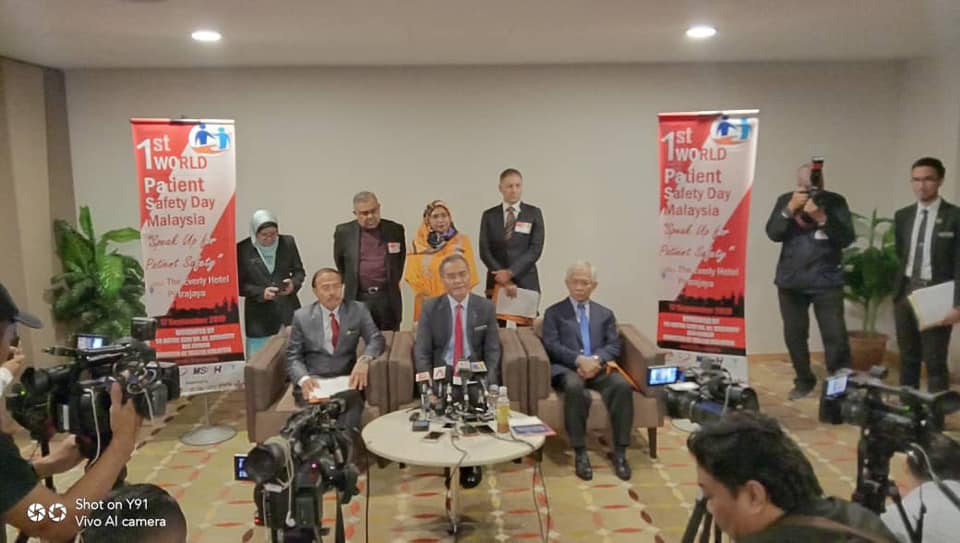What goes unreported goes unfixed: Why aren’t we reporting our injuries?
Presented to: Perioperative nurses at AORN, ORNAC, & VPNG conferences.
Learning objectives:
In this session, participants will:
Empowering the horse to drink: Using change management tools to successfully implement safety Improvements
Presented to: Perioperative nurses at AORN conference, and podiatrists at APODA conference.
Learning objectives:
In this session, participants will:
Staff Safety, Patient Safety: Which is more important?
Presented to: Nursing and medical students in Australia and India.
Learning objectives:
In this session, participants will:
Staff Safety in Improving Patient Safety
Presented at the WHO’s World Patient Safety Day hosted by Malaysian Society for Quality in Health.
Learning objectives:
In this session, participants will:

To Err is Human, to fail to learn is inexcusable:
Applying A Systems-Based Approach To Prevent Adverse EventsPresented to: Perioperative nurses at AORN and ACORN conferences, and medical and nursing students.
Learning objectives:
In this session, participants will:
Sharps injury risks and prevention strategies
Presented to: Perioperative nurses and other healthcare workers in Australia, Hong Kong, UK, and globally.
Learning objectives:
In this session, participants will:
Is the current thinking around Personal Protective Equipment bad for hospital staff safety?
Presented to: Perioperative nurses at AORN, EORNA and ACORN conferences.
Learning objectives:
In this session, participants will: